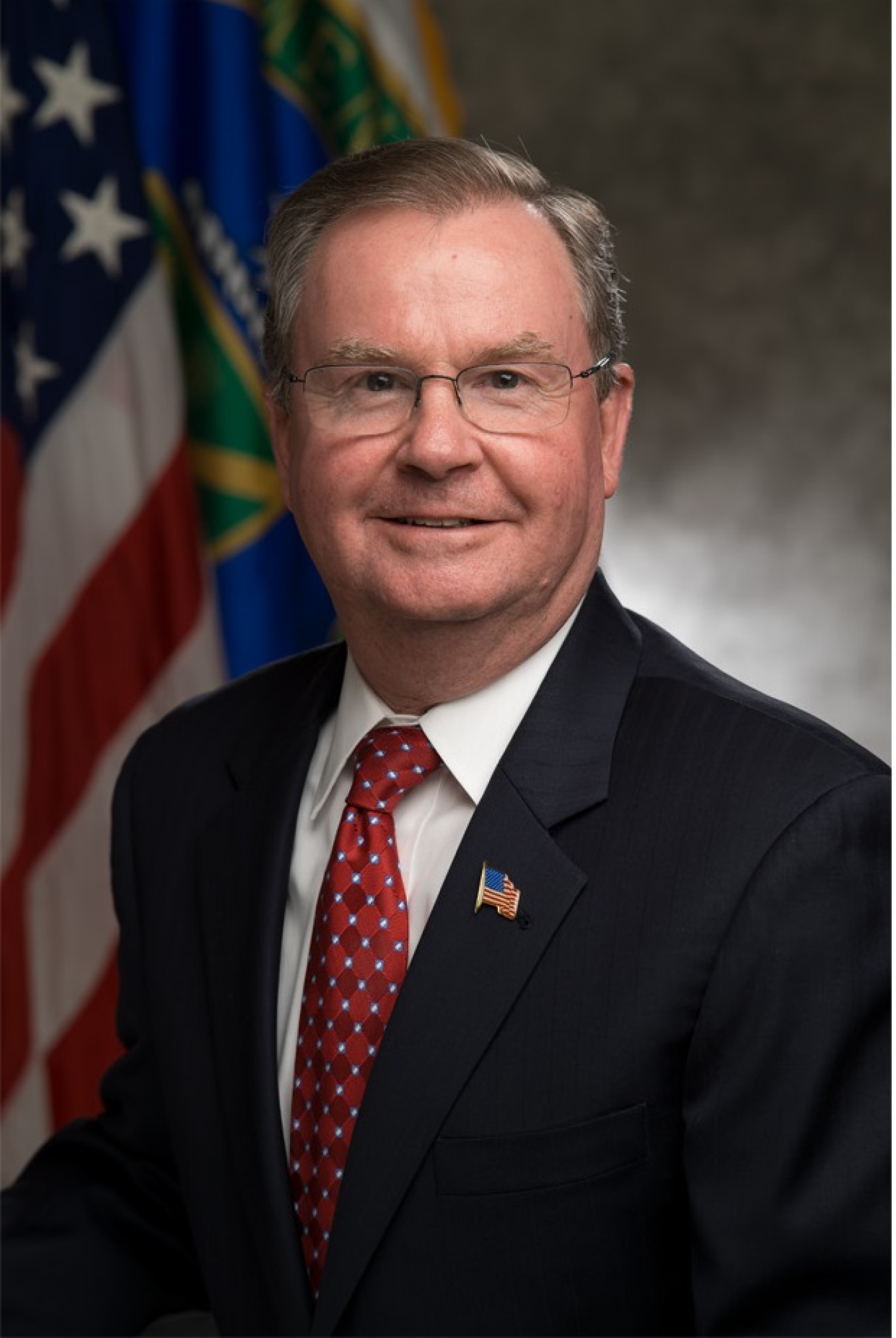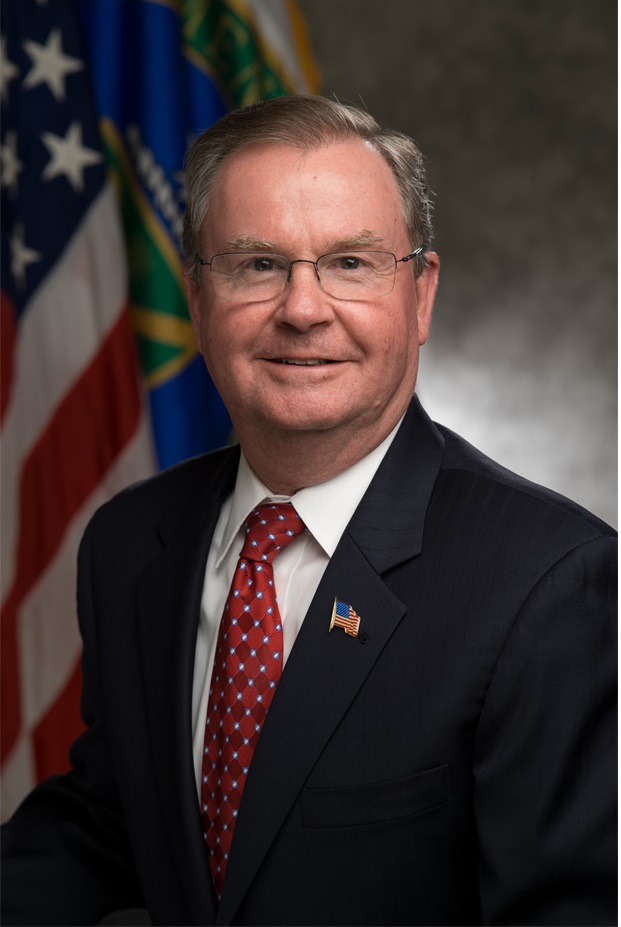Remarks of Assistant Secretary for Fossil Energy Steven Winberg as prepared at the IPHE Cross Cutting Workshop.
Office of Fossil Energy and Carbon Management
October 1, 2019Remarks of Assistant Secretary for Fossil Energy Steven Winberg as prepared at the 2019 IPHE Cross Cutting Workshop: Potential of Hydrogen Energy for Energy Transition in Tokyo, Japan on September 25, 2019.
Thank you.
I am honored to represent not just the United States here today, but the International Partnership for Hydrogen and Fuel Cells in the Economy – or IPHE – which includes the European Commission and 19 countries- many of which are represented here today.
The IPHE was launched in 2003 as a global government partnership specifically dedicated to accelerating progress and coordination in hydrogen and fuel cells. I would like to thank many of you for your accomplishments since then. Over the years, chairmanship has included the US, Canada, Germany, Japan, France, and we were honored to be elected Chair last year, with Japan as Vice-Chair. In fact, last May, the IPHE held its steering meeting right here in Japan, along with a stakeholder event much like this to showcase progress in all its member countries.
The IPHE is a working level partnership, which supports and complements Ministerials and other partnerships. It’s led by technical experts that have responsibility for developing and executing hydrogen and fuel cell programs within our nations.
And we are seeing global progress in this effort. I’d like to provide some examples from my country, where we see hydrogen as an important part of our energy future.
Early markets are starting to take off and we have 26,000 fuel cell forklifts at major companies in the U.S., with more than 20 million hydrogen fuelings to date. In fact, in the U.S., forklift applications now require as much as 8 tons of hydrogen per day. That is enabling the infrastructure and supply chain for an emerging hydrogen market. This is tremendous progress, just in the last few years.
We also already have over 7,500 fuel cell vehicles in the U.S. sold or leased, and other applications, like heavy duty trucks, stationary power for data centers, marine applications, and energy storage, are getting underway.
A key goal of our hydrogen program is to help drive down cost and facilitate the broader use of hydrogen. And to do that, we must continue pursuing R&D and build commercial scale projects to address scale-up and integration issues.
Going forward, one of our marquee hydrogen R&D efforts is the H2@Scale initiative, which is targeted at enabling affordable and reliable large-scale hydrogen generation, transport, storage, and utilization across multiple sectors.
In fact, last month, we announced $40 million in funding for 29 projects to advance this initiative. This includes new demonstration projects in Texas, Florida and the mid-west, which will add to the work already underway in California.
It also includes ways to produce hydrogen from low-cost nuclear power, which can complement hydrogen production from intermittent renewables and provide an additional revenue stream.
The U.S. produces more than 10 million metric tons of hydrogen and approximately one seventh of the global hydrogen production – the bulk of which is produced from fossil fuels, primarily natural gas, and used in refining and chemical manufacturing processes. This production process has the added potential for capturing carbon dioxide and is aligned with the Department’s work on carbon capture, utilization, and storage, or CCUS. In fact, at one of the Department of Energy’s large-scale CCUS demonstration projects, steam methane reformers are producing hydrogen and capturing CO2, which is then utilized for enhanced oil recovery.
We’re also pursuing the development of gasification technologies, which convert coal, natural gas and other feedstocks to hydrogen. This also offers CCUS opportunities and complements our work using nuclear, solar, wind, and other renewables.
So, the Department of Energy is engaged in a variety of important work to advance hydrogen, but there is more work to be done. And that’s why international collaboration through the IPHE is so important.
Through this partnership, we have organized numerous workshops and forums with hundreds of experts and policy makers to help identify gaps and shape our R&D programs. One example is the IPHE hydrogen infrastructure workshop series – and we all know that hydrogen production, delivery, and storage are key challenges.
Looking ahead, we see the IPHE continuing to deliver concrete actions in an enabling role. Through the IPHE Working Groups on Regulations, Codes, Standards, and Safety as well as Education and Outreach, we need to complement the research we are continuing to fund by exploring ways to address key challenges to hydrogen technology development.
For instance, harmonizing codes and standards, and enabling best practices in safety, are examples of actions needed to ensure a robust, reliable supply chain for an emerging global market. Another challenge, of course, is to help drive down cost and achieve a viable business case for hydrogen technologies. We have seen this with other technologies – solar, wind, natural gas, batteries – and we’re just starting to see opportunities for hydrogen.
And strategies to co-locate large scale, clean production of hydrogen close to utilization opportunities across sectors is of interest to many of us, as we look at – for instance – steel manufacturing, heavy duty trucks, power to gas or zero carbon liquid fuels, port applications, and many more.
We believe that we must continue the research and development, while at the same time leveraging the private sector to accelerate demonstration and deployment and reduce regulatory barriers. And we look forward to exploring new opportunities and pathways for collaboration, including through the IPHE, and in support of other partnerships.
And, indeed, there are several new partnerships on hydrogen such as the Clean Energy Ministerial hydrogen initiative led by Canada; Mission Innovation, led by Australia; and the Hydrogen Energy Ministerial, led by Japan, here today.
So, we have a lot of important work ahead of us, and I look forward to accelerating progress. In the meantime, please don't hesitate to contact us at the DOE or directly contact Dr. Sunita Satyapal, the Director of the Hydrogen and Fuel Cell program at DOE and Chair of the IPHE Steering Committee, or Mr. Tim Karlsson, the Executive Director of the IPHE Secretariat.
Thank you.
Steven Winberg

Steven Winberg, Assistant Secretary for Fossil Energy
Steven Winberg served as Assistant Secretary for Fossil Energy. He was responsible for the management and oversight of FE’s research and development program, encompassing coal, oil, and natural gas, as well as the Office of Petroleum Reserves.
Mr. Winberg has 39 years of experience in the energy industry. He began his career at the engineering firm Foster Wheeler as an engineer on coal-fired utility boilers. From there, he spent 14 years with Consolidated Natural Gas working in a variety of positions before becoming Vice President for CONSOL Energy Research & Development. Immediately prior to coming to DOE, Mr. Winberg served as a Senior Program Manager at Battelle Memorial Institute.
Over the span of his career, Mr. Winberg has participated in a number of policy and energy initiatives. He has also gained extensive experience in numerous energy technologies, including advanced fossil energy combustion, coal-to-liquids, fluidized bed combustion, emulsified fuels, fuel cells, alternative fuel vehicles, and carbon utilization.
Mr. Winberg received a bachelor’s degree in nuclear science from the State University of New York Maritime College in 1978 and an MBA from the University of Pittsburgh in 1991.


